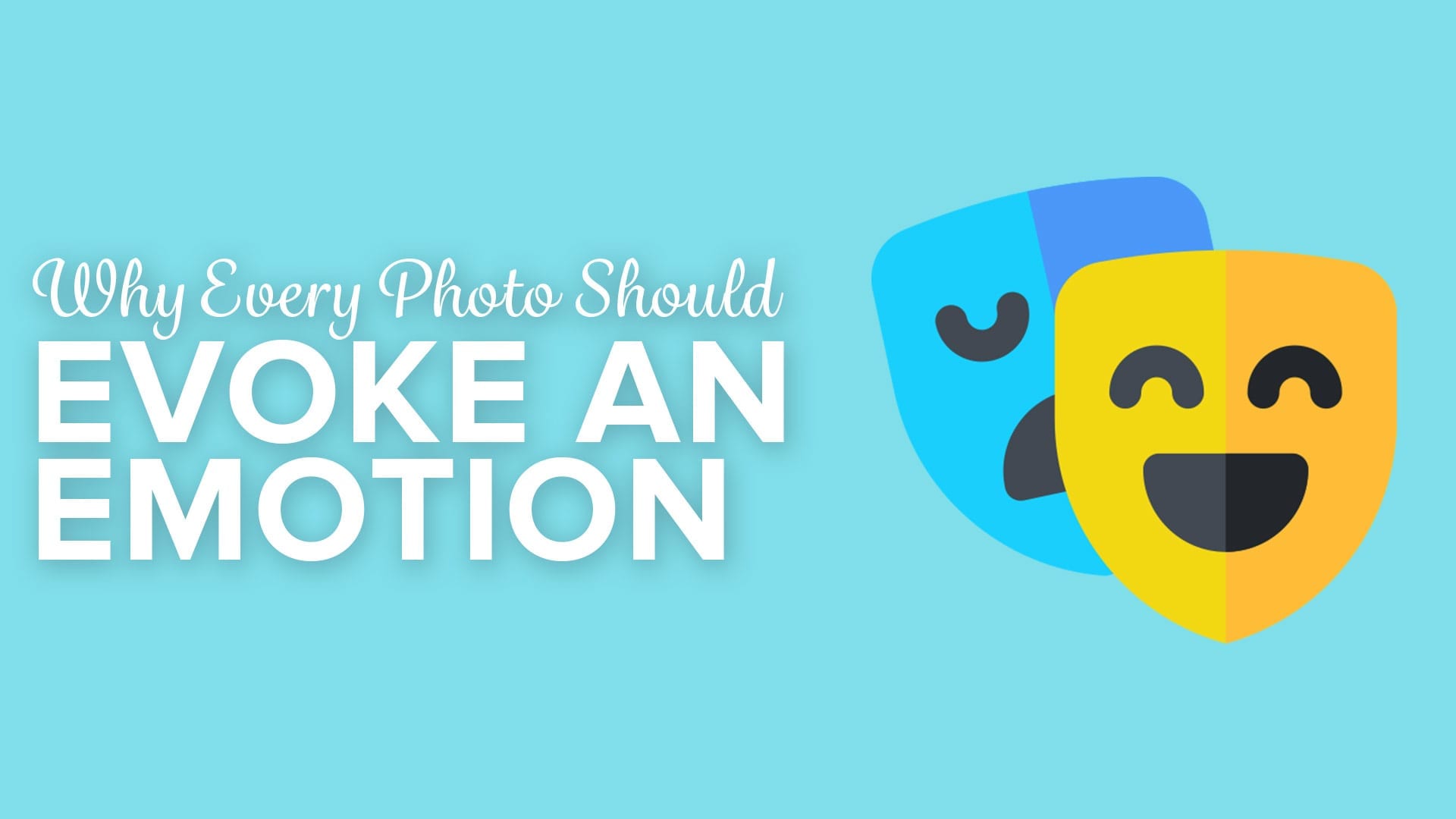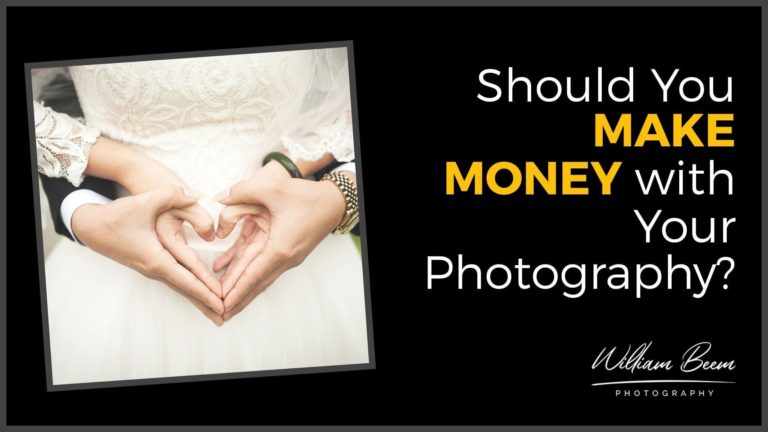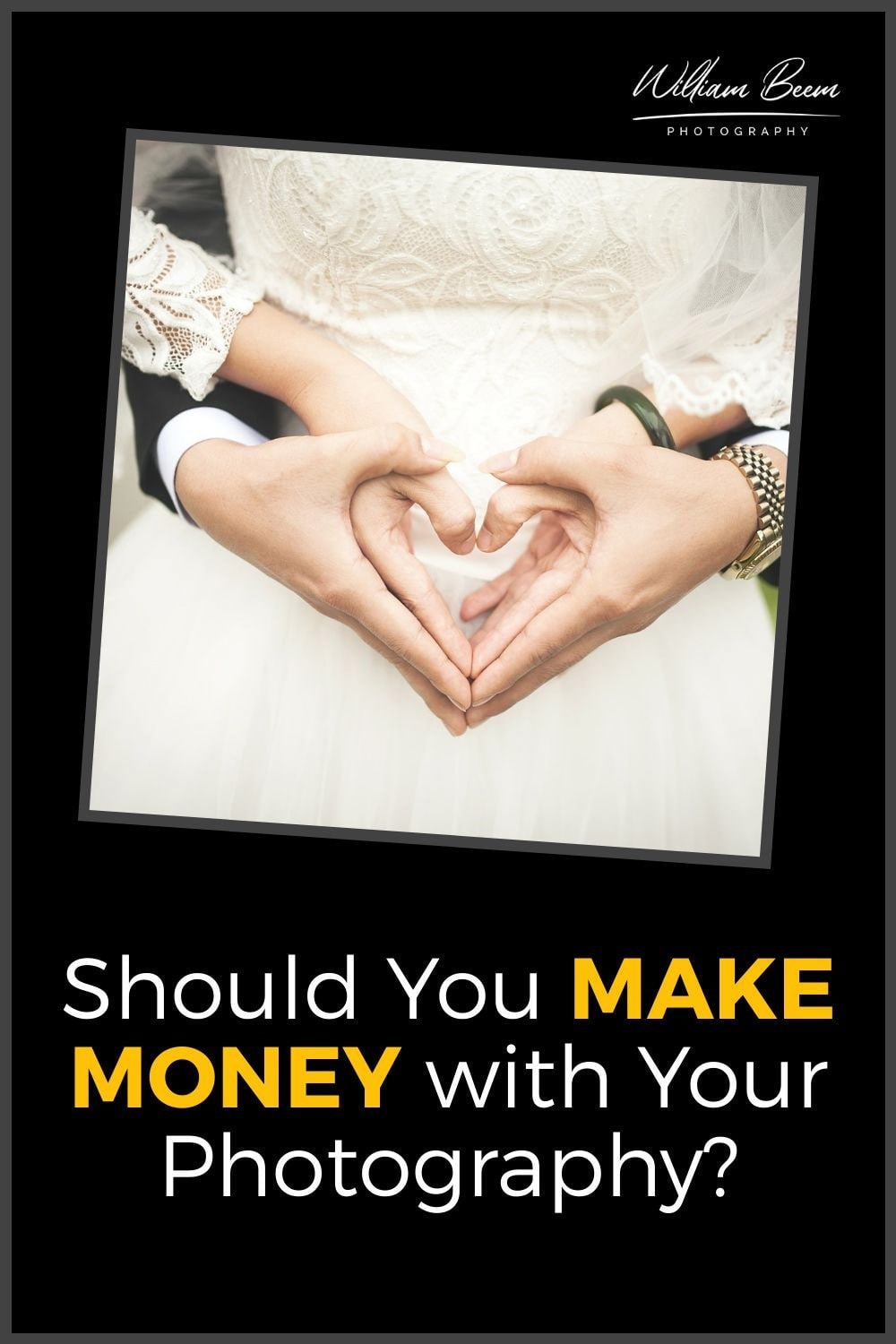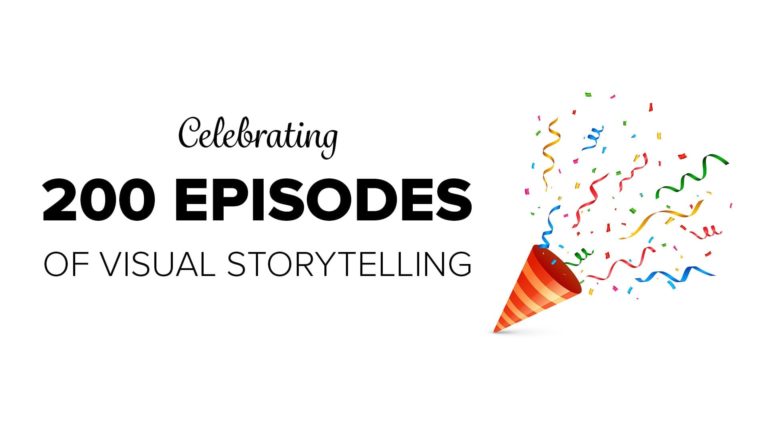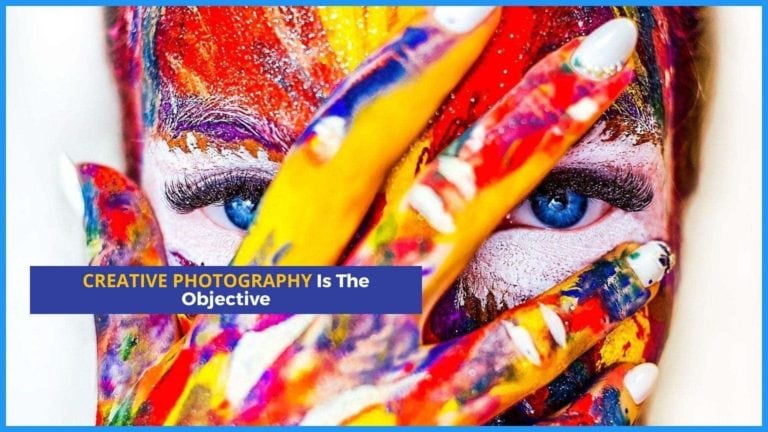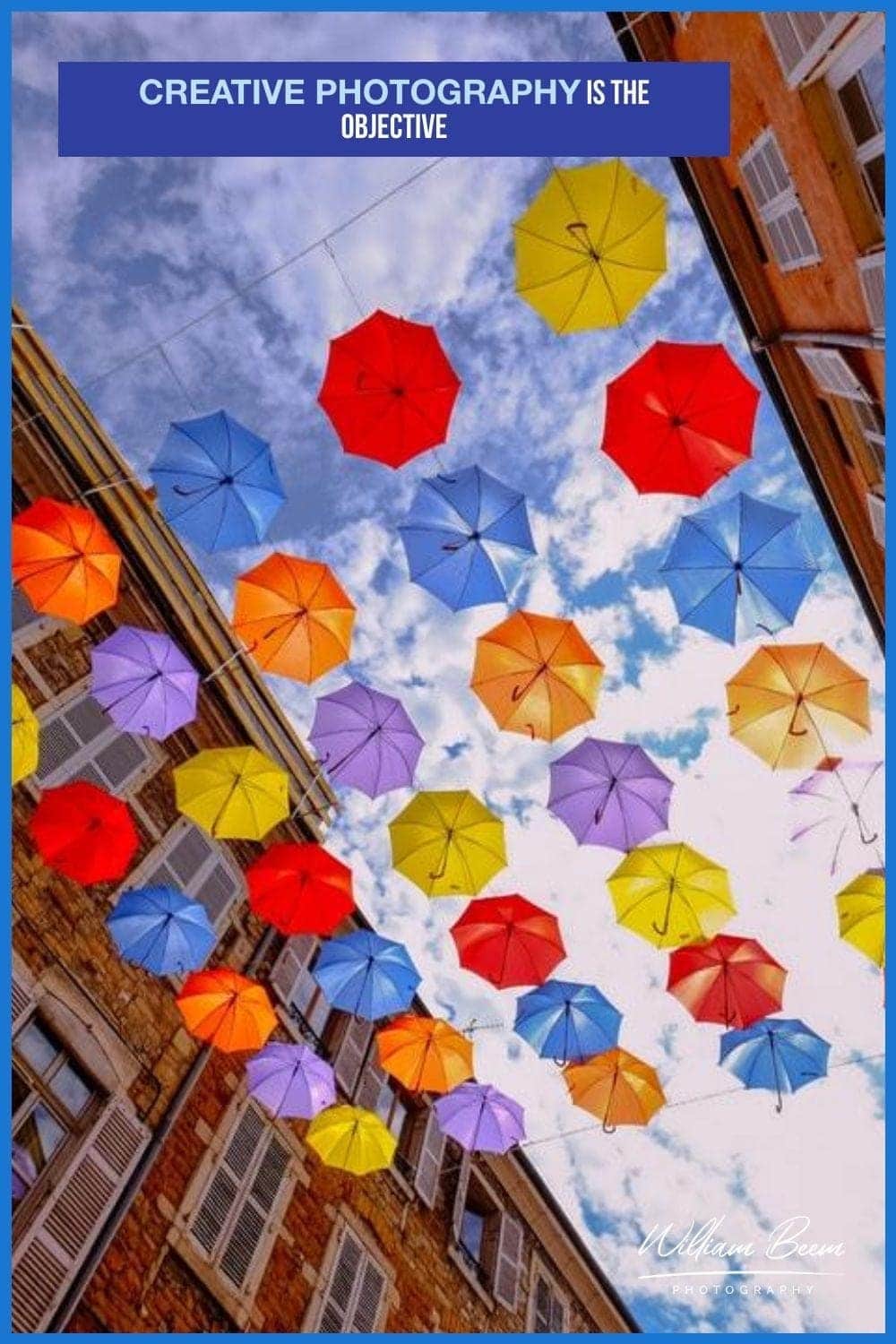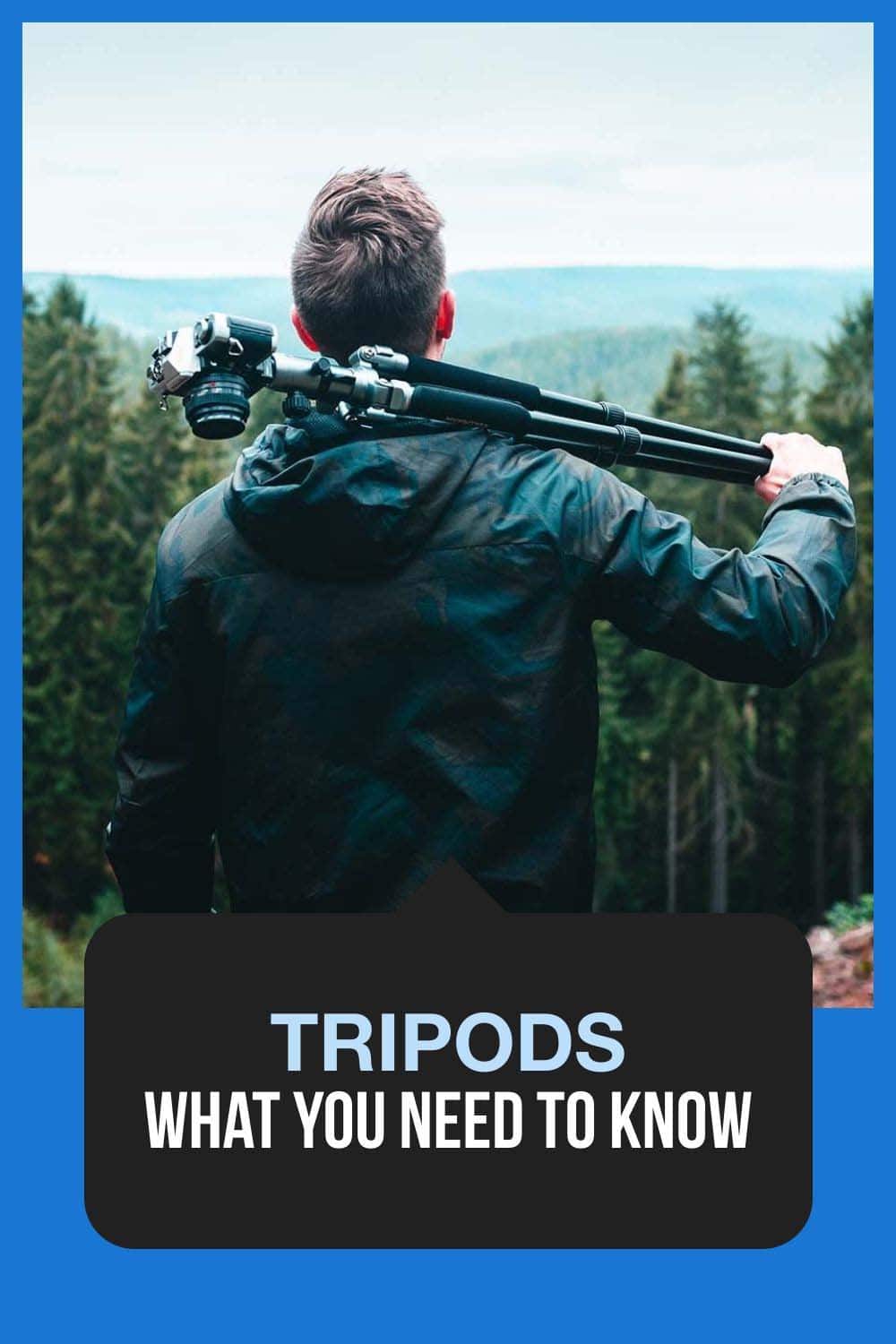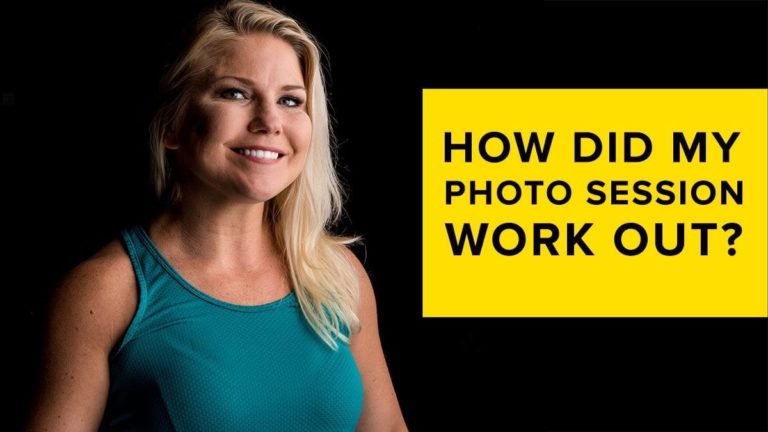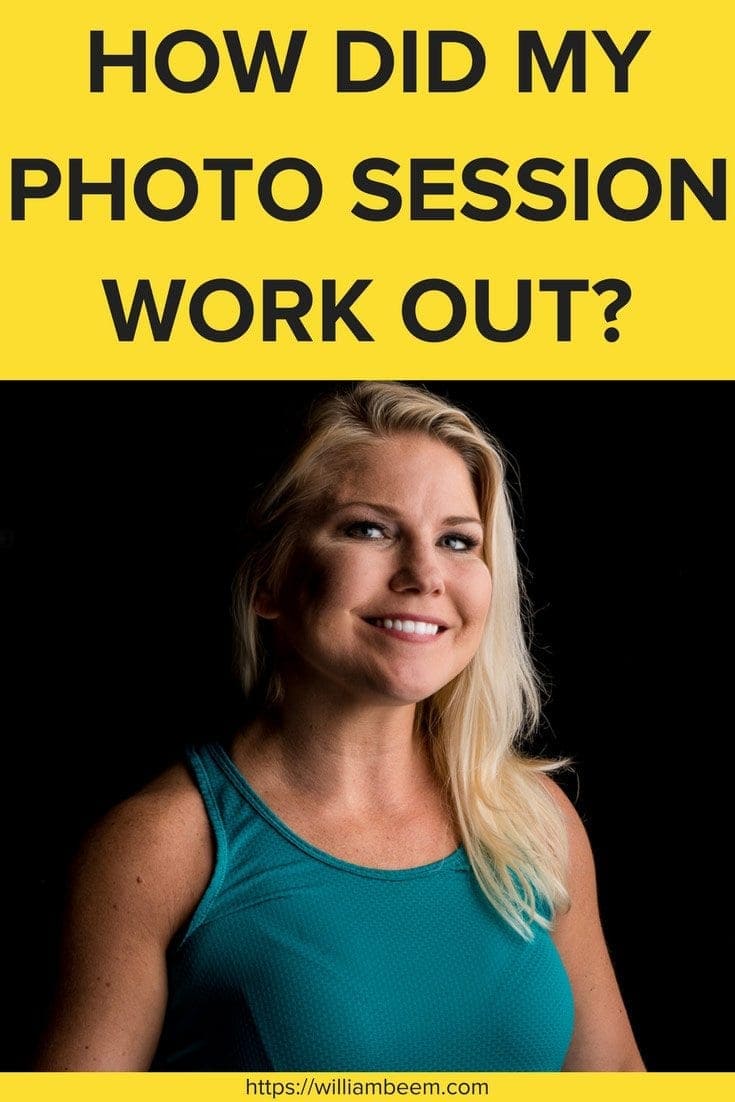Affiliate Disclosure: We earn a commission if you purchase through one of our links at no additional cost to you.
People love stories.
We don’t want just the facts, though. We want stories to make us feel something. Excitement. Danger. Romance. Maybe just a bit of humor, too.
Your photos are visual stories, and every photo should evoke an emotion.
The Power of Emotions in Storytelling
Stories aren’t just for entertainment. We also use them to learn and remember. Different types of media tell stories in different ways. The old cave paintings depicted life of our prehistoric ancestors.
Some cultures tell stories in song – both to educate and entertain. Chuck Berry had some great stories in his songs. Not only were they entertaining, but I learned to make sure I could unbuckle a safety belt anytime I went on a date.
Imagine a story without any emotion.
That’s some dry reading. You can find examples in academic papers and history books. I love history for all of the emotion and drama that go with those stories, yet some authors (typically academic press) find a way to strip out everything interesting about history – primarily the emotions of the people who created our history.
On the flip side, imagine a series of emotions without any story to find them together.
Now that’s just a hot mess. You won’t really know why you feel something without having any context to it. When we feel empathy for a character in a story, it’s because we’ve grown to know the character in the story. Then we feel something when the character experiences an emotion.
Sounds like a lot to expect out of a still photo, doesn’t it?
Don’t worry, we have a couple of triggers you can use to evoke an emotion in your photos and visual stories.
1: How to Use Curiosity to Evoke an Emotion
People are curious by nature. It’s wired into our DNA.
We want to know more about the unknown. The reasons are primal. Is it something we can eat? We want to know because we have to eat to survive.
Is it something that will eat us? We want to know about that, because we have to avoid being eaten to survive.
We want to know about things that bring us joy and pleasure. We want to know about things that make us sad, too.
There are two types of curiosity:
As we get older, our sense of perceptual curiosity diminishes. That’s natural, as we have more experiences and aren’t surprised quite as often as our younger selves.
However, epistemic curiosity grows. We place more value on learning and pleasure. That’s why we’re willing to take stupid risks in our younger days, but we’re more likely to value learning something new in our advanced years.
If you’re going to hang off a cliff for an Instagram selfie, it’s more likely to happen in your teens or 20s – not in your 40s or older.
Knowing about these two types of curiosity, combined with a good knowledge of your audience, gives you a better idea of how to satisfy the people who view your photographs.
Are they seeking experiences or trying do they get excited about solving a problem or knowing about something?
That’s why “behind the scenes” photos are often so popular. Some people in your audience may be more interested in how you created a photo than in seeing the final result.
2: How to Use Familiarity to Evoke an Emotion
Familiarity is an odd thing. There’s no logic to it.
Essentially, people like things and prefer them merely because they are familiar. We have memories and associations with people and items that are part of our individual and collective history.
These emotions run the gamut, which means you can evoke all sorts of emotions with familiar topics – from joy to disgust.
The mere exposure effect, also known as the familiarity effect, is a psychological phenomenon where people develop a preference for things simply because they are familiar.
It makes sense. Combine the feeling you get when you’re sensing surprise and unfamiliarity. You jump back, because of a genetic predisposition to avoid stuff that could kill you. That’s definitely an emotion, but we only seem to celebrate it around late October.
In most cases, we like things that we know and love:
You get the idea.
Think about your audience and what they like. Think about what they want to feel. Wrap that up in a story and you have the concept for your next photograph.
3: Combine Curiosity and Familiarity in the Same Photo
This may seem odd, but…
These are all photographs that I’ve seen. Every one of them made me stop and take notice. That’s because each photo used contrast to make the image more interesting.
Im familiar with downhill skiers and New York skyscrapers, but you usually don’t see these two familiar subjects in the same place. Familiarity with curiosity made me stop and look.
Contrast isn’t just about light and shadows. You can use contrast with color, or by combining subject and backgrounds that are somewhat out of place with each other.
The trick is that there must be a reason why the contrast works.
In the first two cases, they were Olympic athletes representing all of America. In the last case, it’s because the same guy runs the company that makes the cars and the rockets that launched it into space.
What can you do in your photos to contrast curiosity and familiarity in the same scene?
What Does Your Audience Want to Feel?
Answer this question, and you’re on the road to success. In part, you can define your audience by sharing the things you love. However, you can’t be all things to all people.
You need to be known for something. That experience you provide to your audience develops your brand. When you attract an audience, you get to know what they want to feel.
Not every audience is the same, and it’s OK to have a couple of haters if you have a thousand raving fans.
Look at it from this point of view.
Have you ever seen a person with a Harley-Davidson tattoo? Likely yes, because a lot of bikers love their Harley’s and their tattoos.
Now, how many Honda tattoos have you seen?
Different audiences want different things. I’ve owned a couple of Honda sport bikes (and my lawnmower) and a few Harley-Davidson motorcycles. My experience with each was VERY different. So were the people I hung out with while I was riding around.
FYI – I never got any type of tattoo.
Each brand has its audience, and both make motorcycles. However, they do not really appeal to exactly the same audience. Even if someone switches from one brand to another.
You can’t be all things to all people. When I switched from riding my Honda sport bikes to Harley-Davidson cruisers, I also changed friends. I changed how I rode. I changed where I rode. It even changed the women I dated.
Both brands did the same thing – moving me from one place to the next. Yet each made me feel something very different.
So get to know your audience and find out what they want to feel.
It’s Time to Evoke an Emotion in Your Photos
This is a very simple, yet very powerful concept.
Think about the photos you love and the ones that you flip past in your Instagram feed. Something makes you stop every once in a while.
I’m going to bet it’s because the photo made you feel something. It doesn’t matter if it was due to curiosity, familiarity or a combination of both.
It doesn’t matter which genre it was, either. Whether you like portraits, travel, landscape, or nature photography – there’s something that interests you and causes you to love it.
Drill down on that. Be known for something and you can attract an audience. Then you can really bring them in closer by making them feel things they didn’t even know they wanted to feel.

